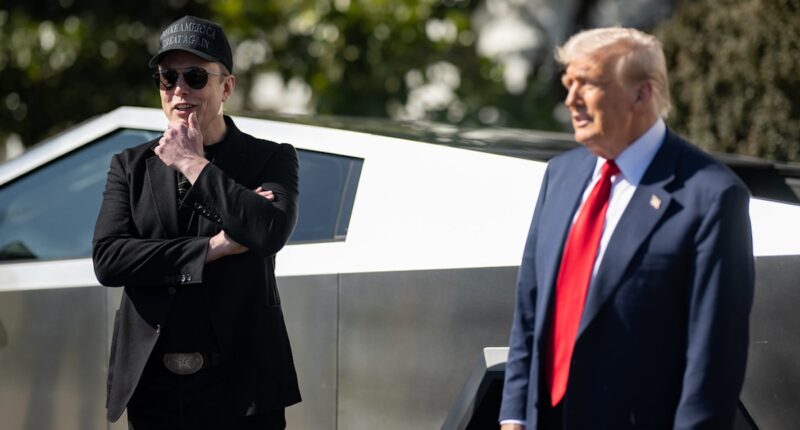Every so often, some prominent person gives himself a dopamine boost by loudly declaring that the American two-party system is “broken,” and thus “it’s time” for “a third party.” Elon Musk is the latest, and the fact that he’s the richest person on Earth doesn’t make the idea any less naive and superficial.
Musk last weekend said he was forming the “America Party” to compete with Republicans and Democrats because, “When it comes to bankrupting our country with waste & graft, we live in a one-party system, not a democracy.” That’s a fine point — the national debt and deficit keep going up under both parties, though you could argue which side bears more responsibility and what policies were worth the high spending. In any event, building a third national party from scratch would be his biggest waste of time and money (and I’m including that “Burnt Hair” fragrance one of his companies used to produce).
First, American government isn’t built for more than two major parties. On the federal level, the biggest political prize is the White House because the presidency is the most powerful office. The rational thing to do when competing for that position is to participate in one of two big parties most closely aligned with any given person’s views, rather than in a smaller party that is 100 percent aligned (which in a country of more than 300 million people, will end up having a membership of about two dozen). It’s why anti-fossil fuel activists are better off as members of the Democrat Party than they would be in the Green Party. It’s why anti-regulation businessmen are better off as members of the Republican Party than they would be in the Libertarian Party.
Second, the primary process for Democrats and Republicans effectively functions as an existing third party anyway. By allowing for innumerable candidates to introduce new policy ideas and positions in a primary contest, voters can then collectively choose a nominee to potentially take the party in a new direction, either extremely or slightly. This is what Bill Clinton did in the Democrat presidential primary of 1992. This is what the Tea Party did in the Republican midterm primaries of 2010. And it’s what Donald Trump did in 2016.
None of that is to say the two-party system that exists doesn’t have some inherent features that are antithetical to the interests of voters. The biggest problem with it is that both parties prioritize protecting incumbents, no matter how awful they might be, using party money to choke out candidates who might be more reflective of certain constituencies.
That’s where Musk could be a smashing success in shaping the system if he really cared. If he pledged unlimited money to candidates of his choosing running in either party, he could realistically change both of them, elevating fiscal issues, and — if it’s popular with voters — he could help elect officials who are serious about addressing them.
Or he can dump tens of billions of dollars into creating an apparatus that already exists before eventually seeing the logic in simply fusing it with one of the two major parties.








